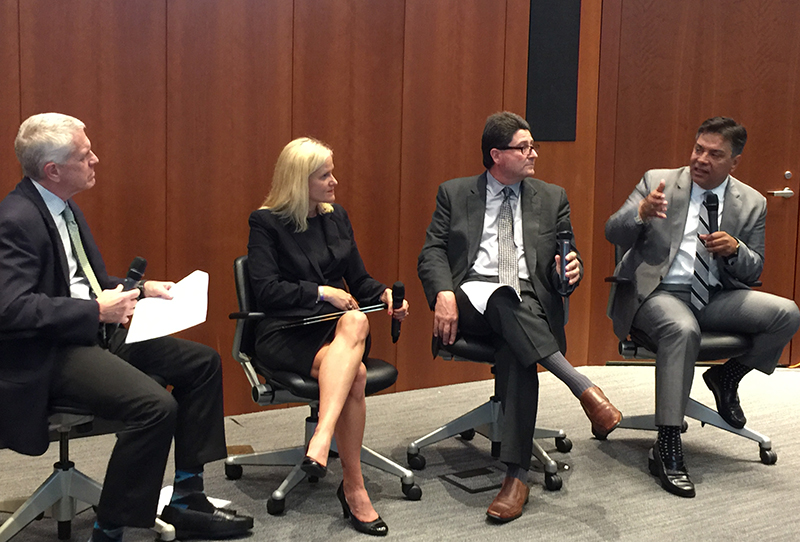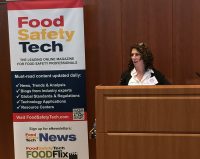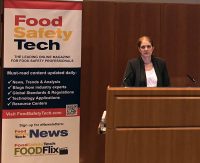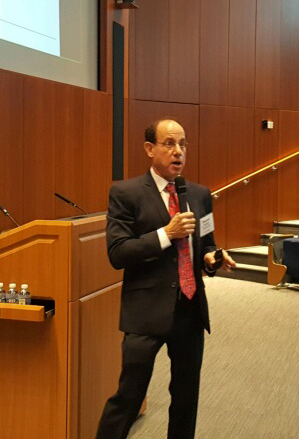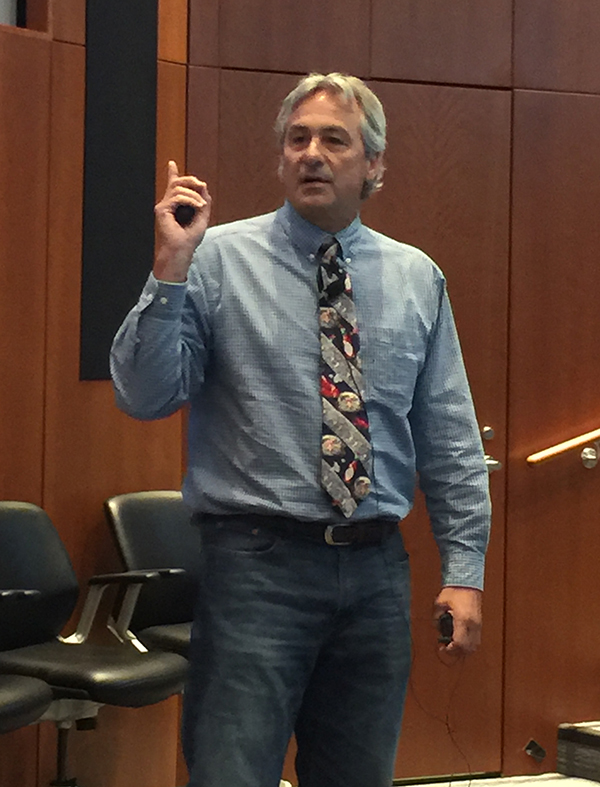Food defense is the protection of food products from intentional contamination or adulteration, as well as biological, chemical, physical or radiological agents. It addresses additional concerns including physical, personnel and operational security. A traditional food defense program is generally perceived as a program that includes site security, visitors control or even on-site personnel monitoring. However, with the new FSMA Preventive Controls Rules and GFSI Guidance for all the recognized schemes, additional to consumer demand on product transparency, we must now take food fraud into consideration within our food defense program.
What is food fraud? According to the study from Michigan State University, food fraud is a collective term used to encompass the deliberate and intentional substitution, addition, tampering or misrepresentation of food, food ingredients or food packaging, or false misleading statements made about a product, for economic gain. It becomes not just a potential for food safety issues, but also a severe issue that could potentially damage your brand reputation. It is hence critical to have appropriate protection and prevention, as the umbrella encompasses both food defense and food safety.
What does this mean to food manufacturers? The awareness of traceability and transparency certainly should rise. Most facilities should have a food defense program in place to comply with any GMP or GFSI requirements. To make it more competent for food fraud, what could we do? Here are some quick tips to strengthen your food defense program with food fraud prevention:
- Tip 1: Review your entire supply chain one more time, considering fraud risks
- Tip 2: Use the HACCP concept for food fraud risk analysis
- Tip 3: Double-check incoming goods
- Tip 4: Make the entire supply chain transparent
- Tip 5: Document all records
Tip 1: Review your entire supply chain one more time, considering fraud risks
The unknown could potentially hurt you or your program. You would prefer to be aware of what might go wrong before it goes wrong, which is why a review should be one of the key steps in your food safety program. It might be a familiar terminology in the industry; however, we could not eliminate its importance to your entire food safety management system. To maintain product authenticity, understanding where your ingredients come from and who your business partners and suppliers are become the first step to success. It also gives you an excellent opportunity to analyze the risks and potential risk sources. A thorough review should include all the approved suppliers and vendor information. Knowing the source of your product provides you with a good foundation for your food defense program. How can we efficiently review our own supply chain?
- List all approved suppliers and contract vendors
- Make sure all ingredients are used accordingly and as intended
- Keep the supplier registration list up to date
The more you understand your own supply chain, the more helpful it will be to your food defense program.
Tip 2: Use HACCP concept for food fraud risk analysis within supply chain
Hazard Analysis Critical Control Point (HACCP), as defined by FDA, is a management system in which food safety is ensured by addressing through the analysis and control of biological, chemical and physical hazards throughout the entire supply chain. This mentality of HACCP could be used and very helpful to analyze the potential fraud risks. Its seven principles and 12 steps could be implemented to identify your own fraud risks. And it is important for us to identify the hazards from potentially adulterated ingredients to determine the next step for what needs to be controlled. Utilizing the 12 steps, we can list all the key points and steps that could potentially impact your products’ authenticity. The risks can come from personnel, visitors or the ingredients themselves. There are many resources out there; for example, US Pharmacopeia (USP) has developed a global food fraud database that is a good resource for all ingredients that have been falsely used in food products.
 |
Sponsored Content
Ready or not – here comes organic demand! Consumers everywhere are demanding certified organic products in their homes and on their tables. TraceGains’ latest eBook, An Organic State of Mind, sheds light on the trends and demands that are shaping the organic industry today and how automation technology is changing the game for many organic food manufacturers and producers. |
Tip 3: Double-check incoming goods
Many articles address the importance of vulnerability assessments to prevent food fraud plus any documentation your suppliers have provided. Yes, it is critical; however, as one of the important steps in the HACCP program, verification is also important to make sure what goes into your finished products is safe and guaranteed. This could be addressed and monitored by implementing genetic testing. Each product and ingredient has its own DNA, just like our fingerprints. Nowadays, there are many methodologies developed for this type of test. The DNA testing could be a helpful tool to help your facility verify the authenticity of your incoming raw materials. Genetic testing using techniques like polymerase chain reaction (PCR) technology to detect the DNA of the product upon receiving the incoming goods. Moreover, as fast as it can be, facilities can now receive the test results within one to two hours. The testing itself might seem like an extra step with more effort and labor. However, the return is a huge saving on damages caused by food fraud. You can now start to verify and control your supply chain from the beginning to avoid any potential adulteration.
Tip 4: Make the entire supply chain transparent
This transparency not only applies to internal employees but also outward to your customers and vendors. That way you can familiarize yourself with your own supply chain, while at the same time establish brand reputation and confidence to your customers.
Tip 5: Keep all records documented
The records you should keep, besides a registration list of all your ingredients and vendors, should include the inventory list, how ingredients are used, whether it is used outside of its intended use and authorized personnel signatures. The following are some tips for an efficient document control:
- Make it clear and straightforward
- Categorize it based on your own facility operations
- Keep the records in the same order of your supply chain from ingredients to end consumers
After all, with the newly released requirements, as QA professionals, we need to start developing a mindset that considers food fraud as a type of hazard, and develop monitor and control strategies for mitigating it. Just like we are now so familiar with the physical, chemical and biological hazards within our production facilities compared to decades ago, food fraud will no longer be a scary term once it is proficiently understood and properly controlled.










